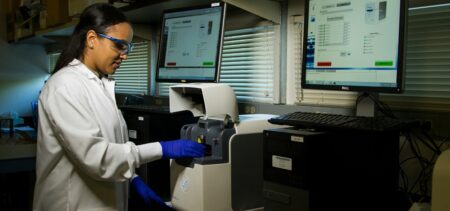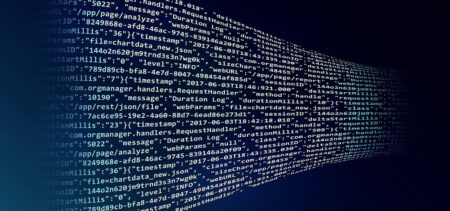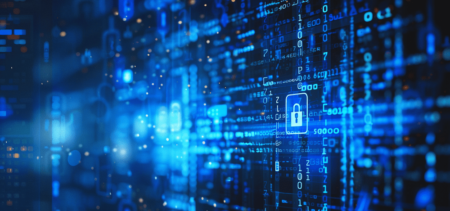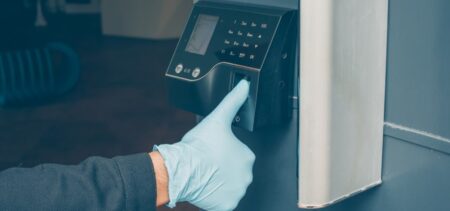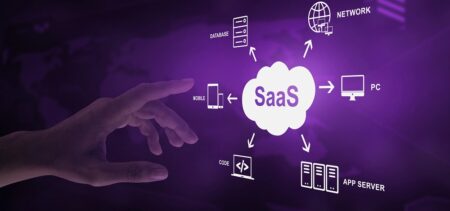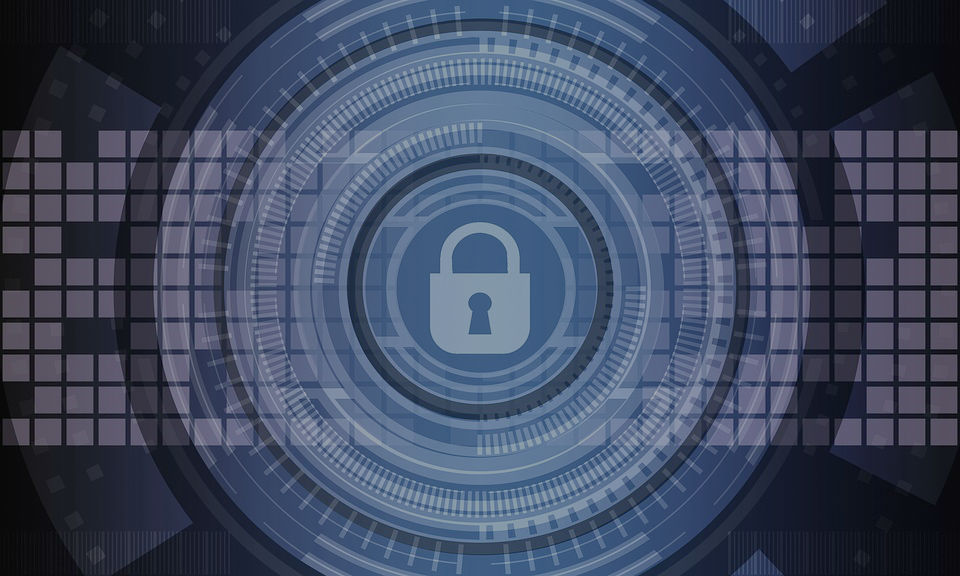If the denomination of acoustic fingerprinting does not fully reveal the core concept, then maybe defining this type of fingerprinting as the mark/pattern based on a digital summary extracted from a short audio signal (summary that includes identifying, recognizing and tracking the audio source) will make the associated technique clearer.
Based on an algorithm, any acoustic fingerprint features parameters such as the estimated tempo, the average spectrum, its spectral flatness or prominent tones across a set of frequency bands, as well as the sound bandwidth. When two audio fragments match according to their fingerprint, identity is established or validated, depending on the case.
What applications does this identification technology hold for the law enforcement field, marketing and retail industry, music industry or cyber-security? We will try to explore this, based on the available online sources.
-
Tracking via acoustic fingerprinting
One of the primary uses of acoustic fingerprinting is tracking. Law-enforcement tracking, intelligence tracking – it depends on what practical activities might necessitate the identification of individuals based on their audio fingerprinting.
While in 2014 security experts employed this method in catching phone scammers and spoke of the next-generation caller ID, in more recent times the marketing analysts are considering this technology as another way of identifying and tracking their customers – but we will get to this later.
Using digital acoustic fingerprints as a forensic method is not new, and is a recognized sub-domain of biometrics.
Tracking via acoustic fingerprints also applies to the digital rights field of activities – any audible material can be identified through its audio fingerprint or (watermark), a type of labeling that subsists alterations and various modifications (audio material integration included), and still manages to enable the correct tracking of the initial piece of audio material, in view of enforcing copyright.
-
Marketing via acoustic fingerprinting
However, how can acoustic tracking benefit marketers and retailers in its quality of marketing technology?
Digiday featured in March 2016 an explanatory article on what acoustic fingerprinting represents. The real-life application in marketing consists in customer in-store identification that triggers personalized offers on the customer’s smartphone via specialized shopping apps; retail beacons have a similar functionality, but apparently employing acoustic fingerprinting covers a wider range and can communicate directly with the applications, without Internet Connection (?!).
Audio fingerprinting (notice how these two terms are interchangeable) is the subject of a Forrester study entitled “Under the hood of social TV: Audio Fingerprinting. Keeping marketing content on second screens relevant to what’s on TV”. It’s all about interactive marketing and nearing down to the right options – the technology (associated with smart TV) enables “listening” to what programs are on, identifying these programs and synchronizing the advertising tools; the application comes with further adjacent means of measuring and tracking the efficiency of this tool in marketing campaigns.
Forbes also presented another future use for acoustic fingerprinting: voice-enabled shopping, or, to put it more broadly, voice-enabled login, authentication and generally voice command technologies that respond to a vocal trigger coming from the authorized user, AR and VR technologies included. True, this article comes from 2014, but nevertheless the hardware tech is not yet mainstream, therefore the concept is probably still to undergo more trials.
There are also providers that offer their audio fingerprinting products, in view of augmenting media experiences and allow interactive viewing experiences, or in order to allow the monitoring of all TV and radio channels via acoustic fingerprinting (to establish ratings and viewing slots).
On the other hand, the privacy concern related to the way applications can eavesdrop on ambient sounds and the user’s discussions received a firm answer in an article featured by Marketing Land in 2015. While denying the accusations that Facebook Mobile would “listen” to what people talk or do, the same article quoted a Facebook product manager saying that in the future this social network might actually target ads based on the use of audio identification in people’s posts. This entire discussion began from a Reddit post that went viral, in which a user talked of a suspicious ad on Facebook that seemed to take into consideration what he had just discussed loudly in the range of his iPhone microphone.
It seems to be all a matter of time until marketing openly adopts the audio identification technology and employs it in refining and personalizing the targeted ads – as long as the users’ privacy concerns will be met and resolved. In-store retail tech will align accordingly, identifying and localizing customers via their voiceprint. Until then, it suffices to know that this technology exists for a while now. Most likely companies have been experimenting with it, marketing applications included.
While marketers should further explore the opportunities and keep in touch with the next developments if they want to be a step ahead, the customers should explore their stand on this technology that has the potential to become disturbingly intrusive.
-
The directly-resulting music industry application
Audio printing as a concept is not new, and previous applications (and the associated technology) have been involved in acoustic fingerprinting services such as Shazam, SoundHound, and Gracenote, which date back to 2012 or even 2008.
Being able to identify a song by using just a short sequence lasting a few seconds is very entertaining and satisfying when looking for a lost song down memory lane, or when cleaning a musical data base and eliminating duplicates.
Although the main employed music-related application so far orbited around proprietary rights rather than users’ need to identify songs or getting help in tracks’ identification, the concept of acoustic fingerprinting nevertheless holds an entertaining potential since it can easily gamify the listeners’ interaction with music.
With a bit of persistence in the online research process, one can find early materials on audio fingerprinting that introduce the Philips’ software research results on the capability of recognizing tunes by a mere seconds’ sequence – here you may check a 2003 article on Audible Magic and their beginnings.
-
Acoustic fingerprinting as an authentication method
Although we have already mentioned this application in the tracking section, there is an extrapolation that deserves to be stressed out.
When the audio fingerprint stands for somebody’s identity and serves in granting his or hers access via digital means into a location, space or program, acoustic fingerprinting is just another case of biometric authentication.
As in any other type of biometric authentication, the previously recorded audio sample should match the live (spoken) audio sequence, validating the person’s identity. Of course, we meet again the same problem as in digital fingerprinting – an individual has only one such print, therefore once a database has his or her sample it requires maximum-security storage conditions and a strong protection from any type of malicious usage.











